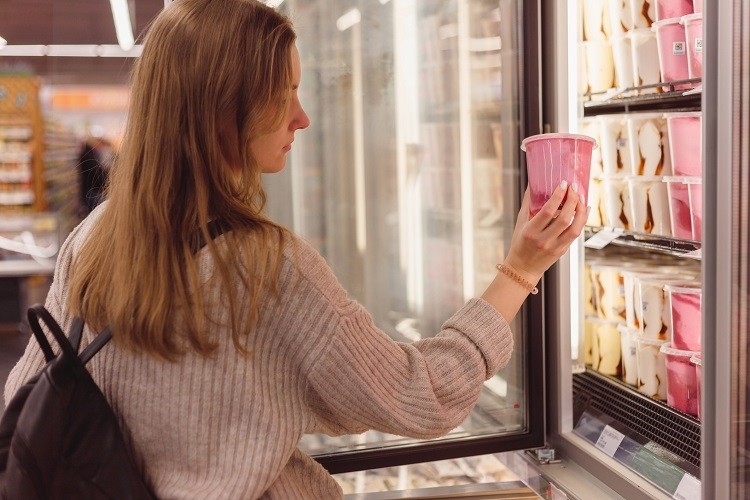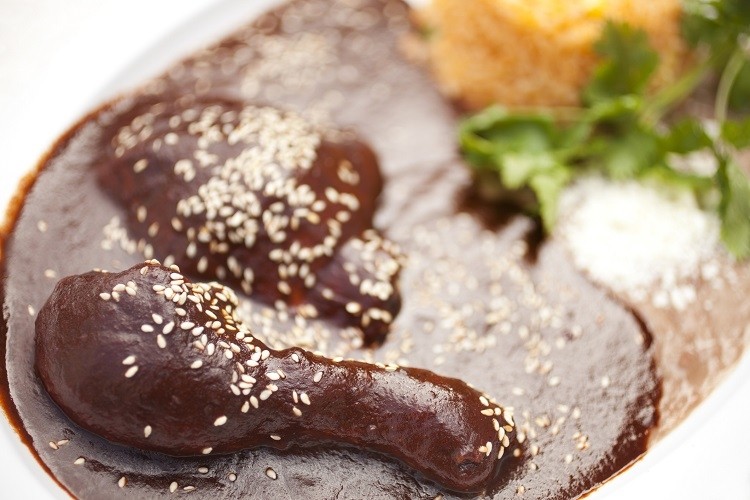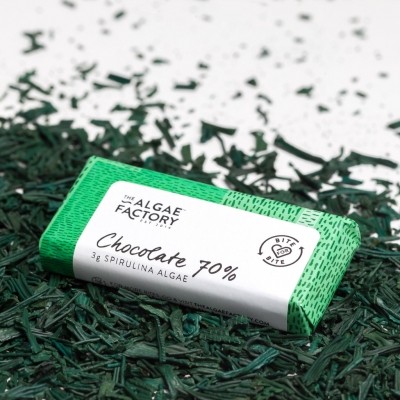‘World’s first’ digital twin for NPD launched to predict flavour combinations and buying intent

Business and data technology intelligence company Foodpairing was established 12 years ago. The initial idea was to leverage science and data to help chefs create new and unique recipes based on combinations that were previously ‘unheard of’.
“During these 12 years we were able to create one of the largest flavour databases in the world,” Foodpairing co-founder and CEO Johan Langenbick told FoodNavigator.
Over time, the company observed interest outside of the restaurant world. Consumer goods companies, Langenbick recalled, could also see the benefit of better understanding food preferences with the power of AI.
“We realised that consumer data is crucial to be able to give the best possible outcome to CPG companies. Hence, we began building that data set.”
Foodpairing has always used digital twins – a technology that allows for real-time virtual representation of a physical system or process. For Foodpairing, that meant developing digital twins of a food ingredient or product.
Now, the AI developer is adding Digital Twin of the Consumer (DToC) technology to its toolbox. That means the company can use digital twins of food and the consumer for new product development.
“Adding the DToC helps us enhance the accuracy of our recommendation and provide our clients with a more assured input when it comes to winning product lines,” said Langenbick.
Predicting consumers’ reactions
According to Foodpairing’s insights, 90% of new food products that enter the market come off the shelves within their first year. The Belgian company’s technology aims to prevent against NPD failure.
“Foodpairing’s digital twin uses AI to predict consumer flavour preferences and purchase intent,” explained founder and food scientist Bernard Lahousse. “Thus, it enables food companies to develop products more efficiently and reduces development time from months to hours.
How does it do all this? To predict hedonic liking, or the second moment of truth (SMOT), Foodpairing generates a digital twin for each consumer within the target audience. Each digital twin contains the drivers of liking and disliking to a molecular level, allowing the prediction of liking for products or ingredients that the consumer has never tasted before, explained CEO Langenbick.
“While in a real world, you can maybe do one or two consumer tests, using the digital twin we can search the complete flavour space for the most liked products. This search can come up with very surprising flavour combinations.”
Results from the different digital twins are then aggregated and ranked, to present the ‘best’ flavour concepts to launch. The combination is further refined based on input from the client’s R&D and marketing teams.
“The models don’t only provide a flavour concept, they can also generate a flavour formulation.”

Each concept is supported by: the trial prediction (how interested the target audience will be in buying the product); the average liking (how much the target group likes the product); and the reasons for the product’s success.
Discovering ‘unlikely’ flavour pairings
Although Foodpairing has been working on flavour combinations at the molecular level for 12 years, the company believes there are still a lot of new pairings to be discovered.
Unlikely flavour pairings are dependent on the context and location, explained Langenbick. “You could say that chocolate and chicken is surprising, but it is a classic combo in Mexico. Dorade with dates? The Romans ate it.”
Some of the earlier combinations developed by Foodpairing include a strawberry bell pepper and chocolate drink for convenience chain store 7-Eleven. Elsewhere, the company has helped develop vanilla and coffee flavour pairings for a cheese manufacturer, as well as almond cookies with mozzarella, dried ham and fig.
Other combinations include a rum flavoured with tomato and plums, the CEO recalled.

Currently, Foodpairing’s DToC is an offering for food manufacturers only, while its original digital twin technology remains available to chefs.
As to whether food makers are hesitant to rely on AI for flavour and product development, Langenbick suggested increasingly the opposite is true.
“In our many years of operation, we have seen customers move from dismissal to awe, to confusion to acceptance, and now embracing the technology, The understanding of how AI can be used in flavour is a lot more developed today than it was a few years ago,” he told this publication.
These days, companies are ‘a lot more open’ to experimenting and ultimately, embracing AI in different capacities to mimic processes that were previously done by humans, said the CEO.
“With changing times and consumer needs, they are compelled to look at better ways of improving their process.”















